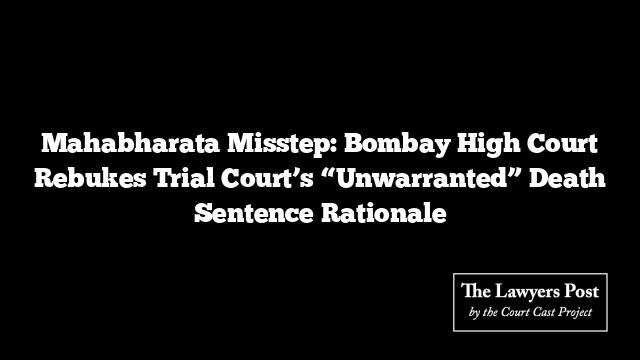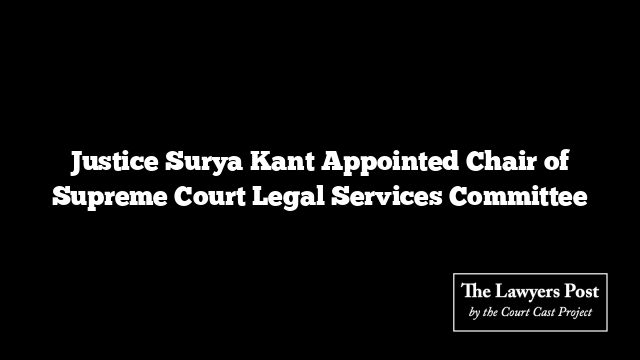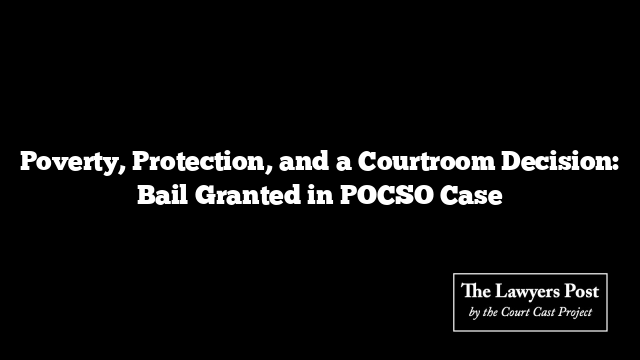The Bombay High Court, through its Nagpur Bench, delivered a sharp critique of a trial court’s decision to impose the death penalty in a multiple-murder case, denouncing the use of a Mahabharata verse and crime statistics as flawed reasoning.
The Division Bench, comprising Justices Vinay Joshi and Abhay Mantri, declared that the trial court had taken a “wholly erroneous” approach, failing to anchor its decision in the specifics of the case. The court underlined that criminal trials demand individualized assessments rather than reliance on generalized data or philosophical references.
In its ruling, the High Court pointed to an overreach by the trial court, which not only invoked ancient scripture but also employed ten years of state crime data to categorize the case as “rarest of rare.” The judgment questioned the logic of equating numerical trends with the extraordinary brutality required to justify a death sentence.
The case concerned a harrowing familial conflict over 29 acres of agricultural land. Accused of orchestrating the murders were Haribhau Telgote (66), his wife Dwarkabai (55), and their son Shyam (35). The victims—four members of their maternal family—were killed in a violent altercation stemming from a long-standing land dispute.
According to the prosecution, tensions erupted in June 2015 when Dwarkabai sowed cotton on contested land, prompting a confrontation. A heated exchange led to a call for reinforcements, culminating in the fatal attack. Convicted in May 2024, the family faced capital punishment under the trial court’s judgment.
The High Court, however, took a markedly different stance. Referring to landmark Supreme Court rulings, it emphasized that the death penalty is reserved for the most extreme cases, where brutality is unmatched and the offender shows no potential for reformation. After applying this test, the court commuted the sentences of Haribhau and Shyam to life imprisonment, finding their actions did not meet the stringent criteria for capital punishment.
Dwarkabai was acquitted due to insufficient evidence. The court noted that while she initiated the confrontation, there was no proof of her direct involvement in the killings. “Her participation in the actual assault was not established,” the judges observed.
This case serves as a reminder of the judiciary’s responsibility to ground sentencing in reasoned analysis, steering clear of literary embellishments or statistical shortcuts when deciding matters of life and death.





